Acer japonicum ‘Aconitifolium’
Japanese Acer, Japanese Maple, Fernleaf Fullmoon Maple
£114.95
Acer japonicum ‘Aconitifolium’, commonly known as Fernleaf Fullmoon Maple, is a captivating deciduous tree that adds a touch of elegance to any landscape. Renowned for its exquisite foliage, this Japanese maple features deeply lobed, fern-like leaves that unfold in various shades of green in the spring, turning vibrant hues of red, orange, and gold during autumn, creating a breathtaking visual display.
FREE DELIVERY FOR ONLINE ORDERS*
*(parcel orders over £60.00 and pallet deliveries over £350.00)
Order today for shipping on Monday 29th July.
Plant Biography
The background of Acer palmatum hybrids can be traced back to Japan, where the parent species, Acer palmatum, is native. Over centuries, Japanese gardeners and horticulturists selectively bred and cultivated various varieties of Acer palmatum to enhance specific traits, such as leaf shapes, colours, and growth habits. These efforts resulted in a rich diversity of Acer palmatum cultivars, celebrated for their exquisite and ornamental features.
In the 19th and 20th centuries, these hybrids found their way to Europe and North America, captivating gardeners worldwide. Today, Acer palmatum hybrids continue to be cherished and extensively cultivated, gracing landscapes and gardens with their mesmerising foliage and adding a touch of elegance and sophistication to outdoor spaces.
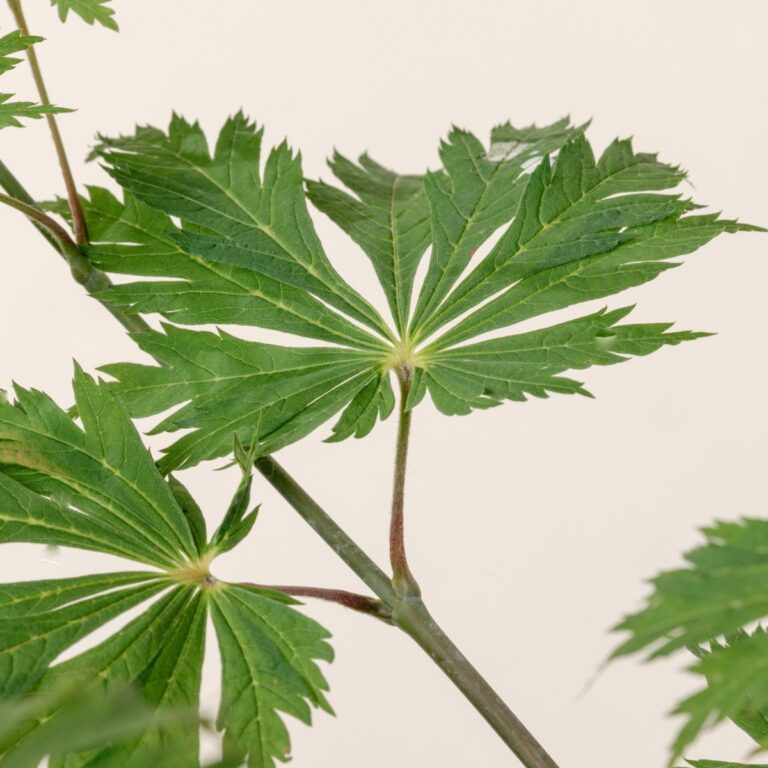
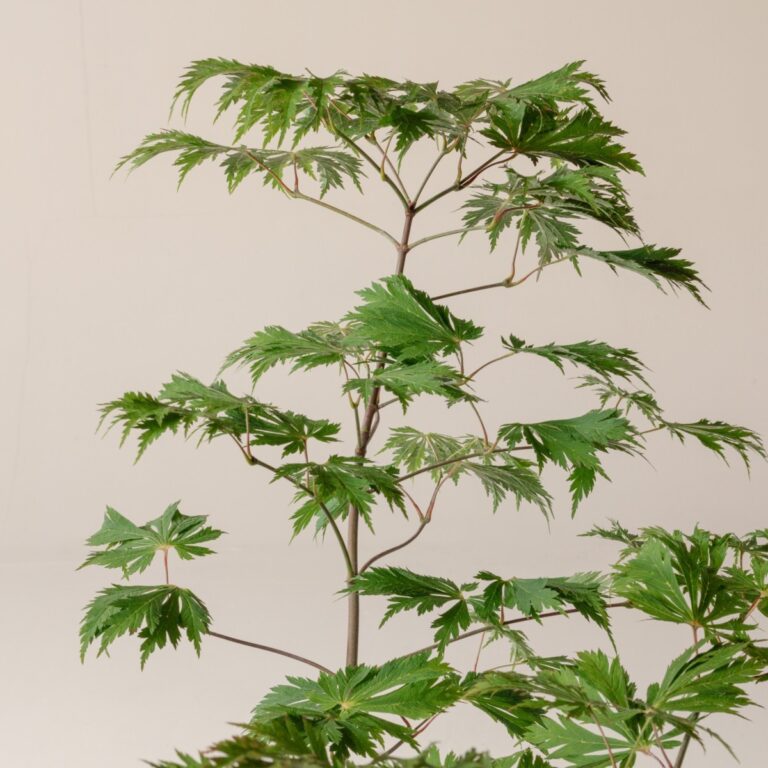
Care & Size Guidance
Caring for Acer palmatum ‘Aconitifolium’ is relatively simple. Plant it in a location with partial shade, providing protection from intense afternoon sun. Ensure the soil is well-draining and consistently moist, especially during dry spells. Mulching around the base helps retain soil moisture and regulate temperature. Regular watering is essential, but avoid waterlogged conditions.
Its moderate size and rounded form make it an excellent choice for gardens, courtyards, or even container planting. ‘Aconitifolium’ thrives in well-drained, slightly acidic soil and prefers dappled sunlight or partial shade, protecting it from harsh afternoon sun. With its unique texture, brilliant autumnal colours, and graceful growth, this cultivar is highly sought-after for its ornamental value. Whether as a focal point or a harmonious garden element, it effortlessly elevates the beauty and allure of outdoor spaces.
Prune sparingly to maintain its natural form and remove any dead or crossing branches. ‘Aconitifolium’ is generally pest-resistant, but keeping an eye out for aphids and other common pests is recommended. With proper care and attention, this unique Japanese maple cultivar will thrive, showcasing its exquisite lace-like foliage and adding a touch of elegance to any garden or landscape.
![AOF-5[1]](https://palmcentre.co.uk/wp-content/uploads/2023/08/AOF-51.jpg)
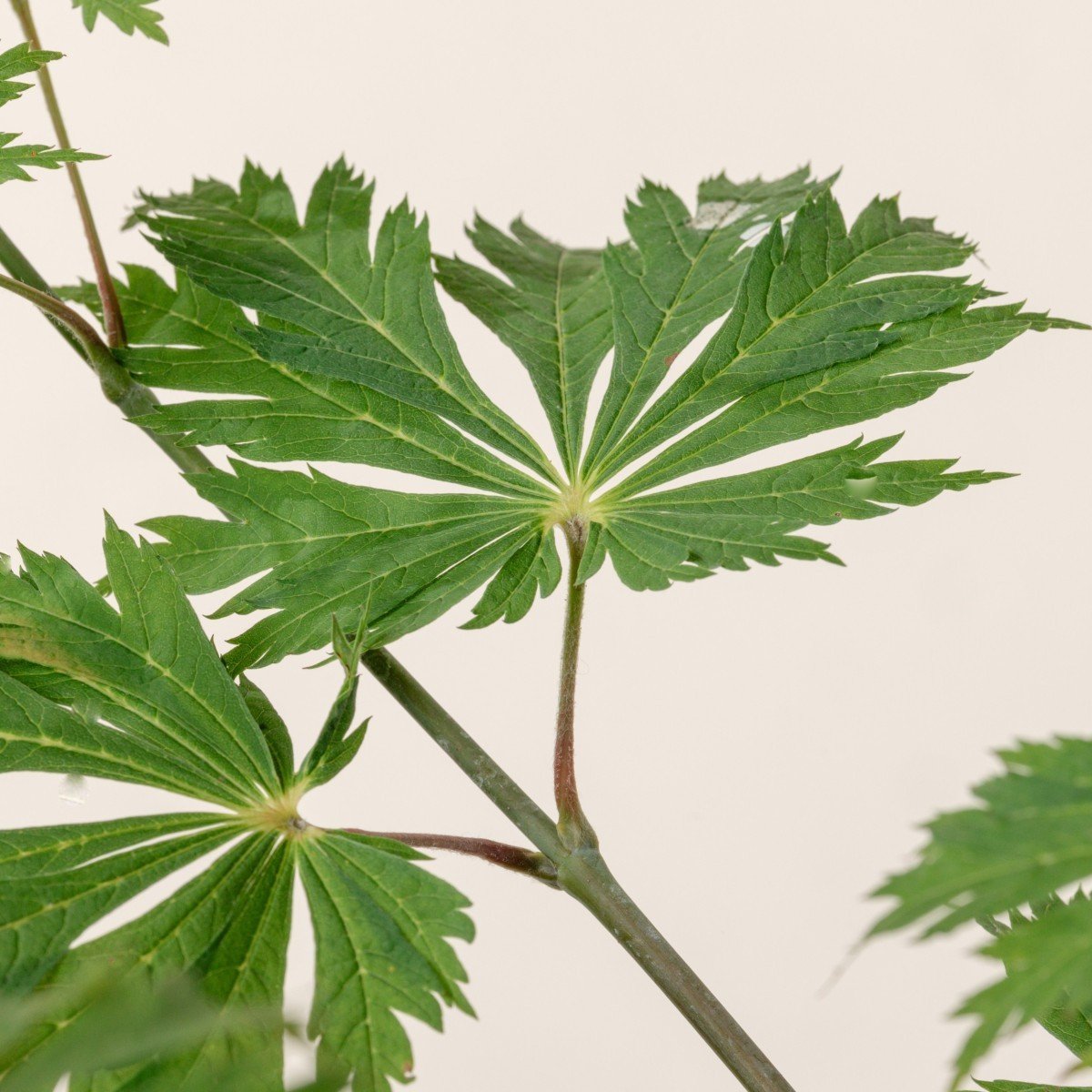
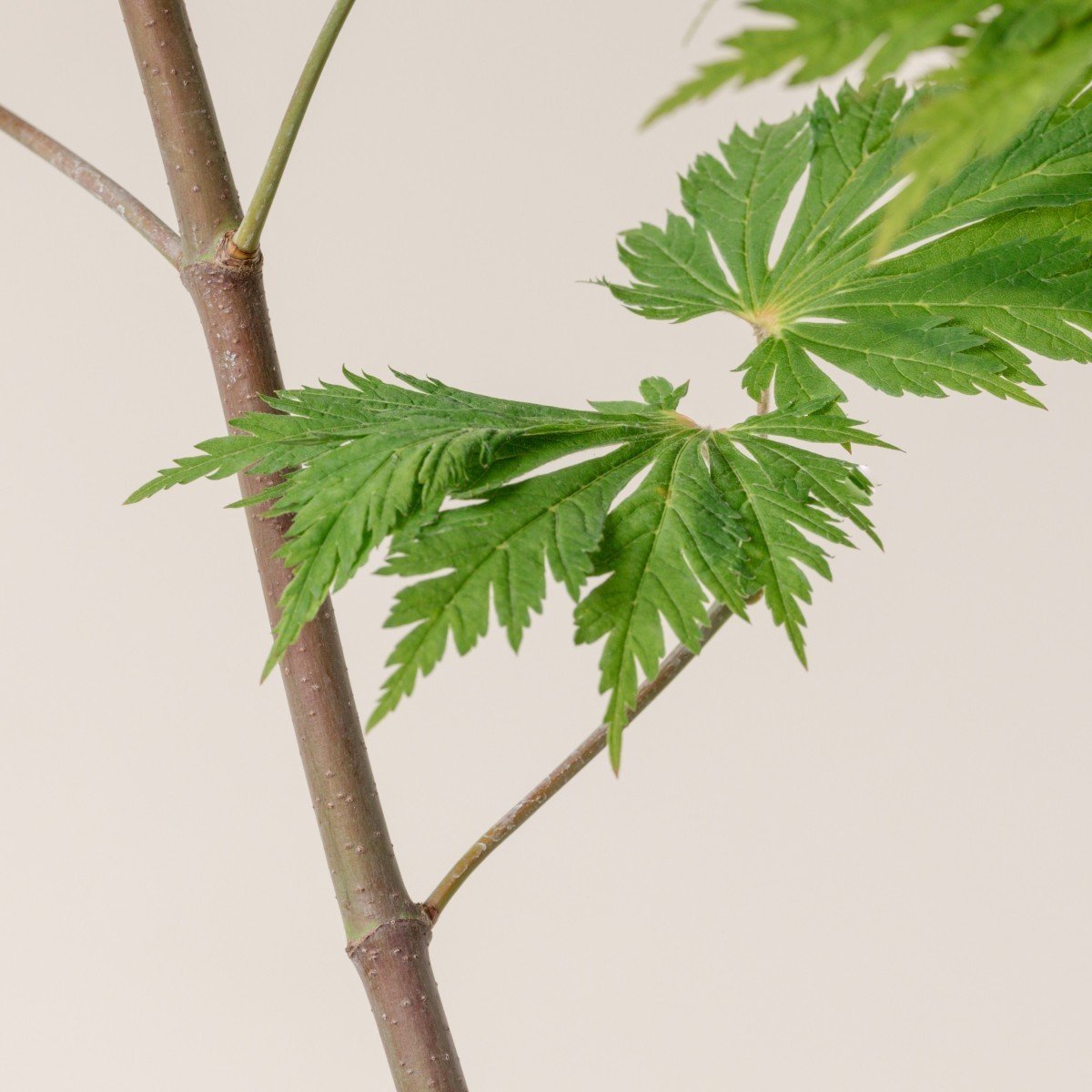
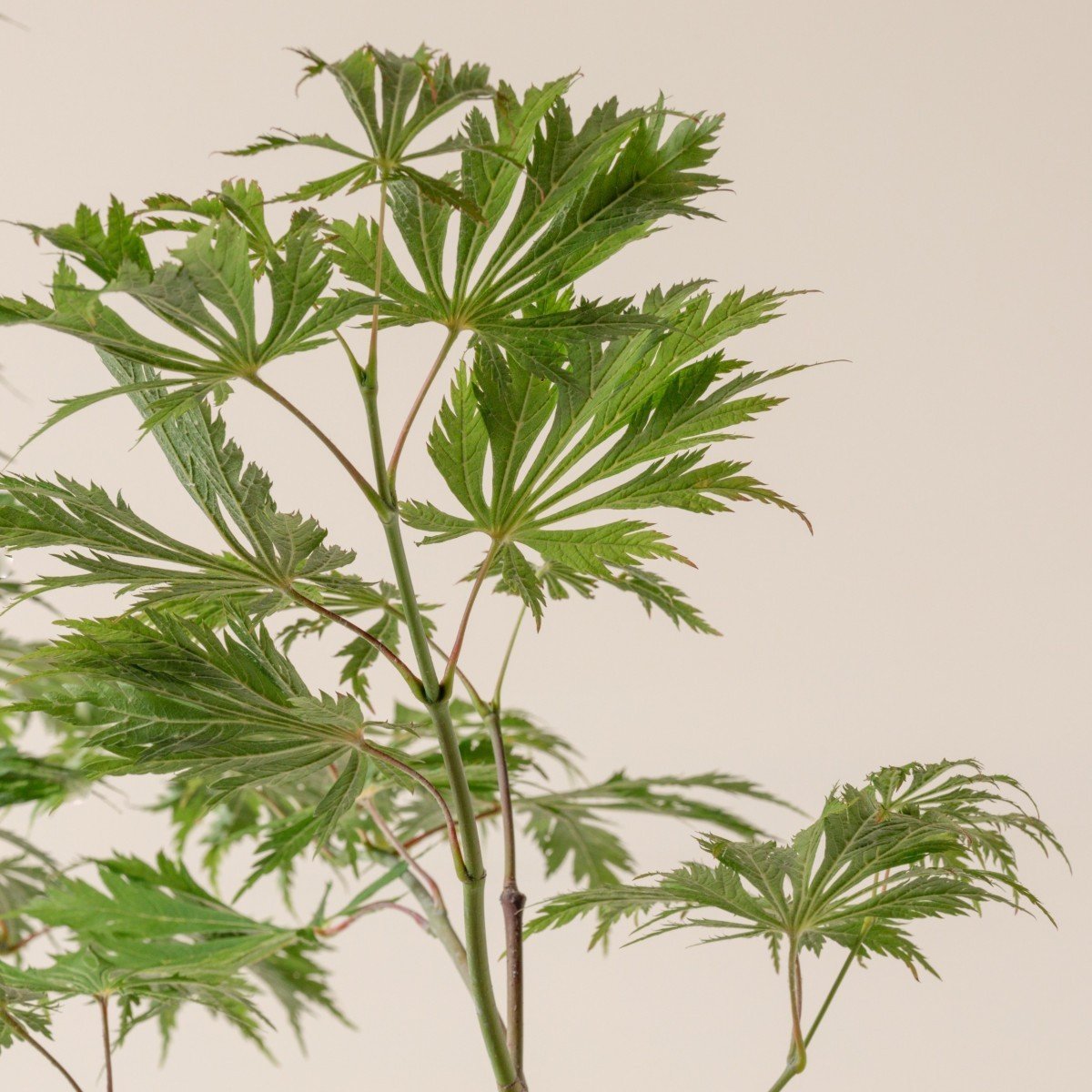
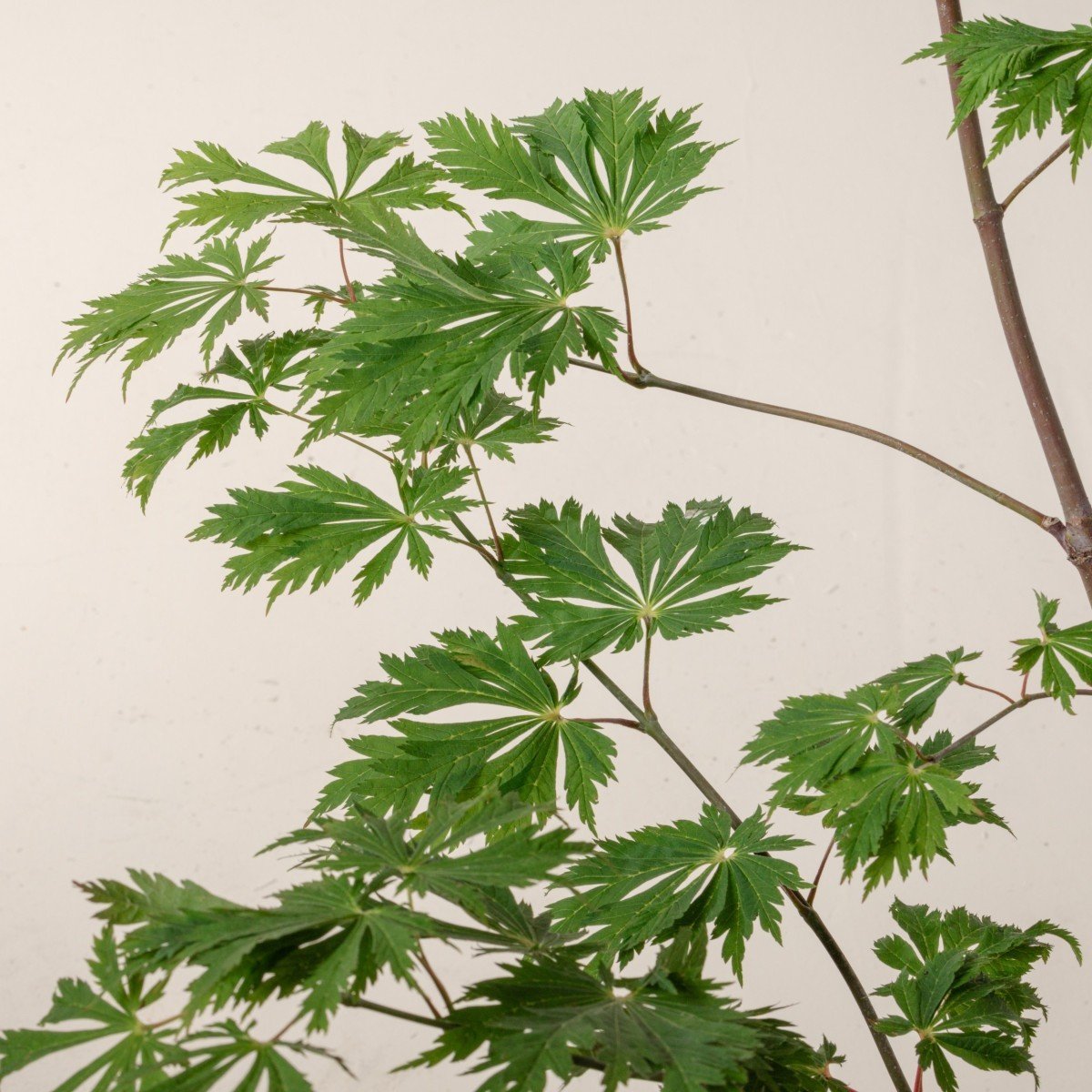
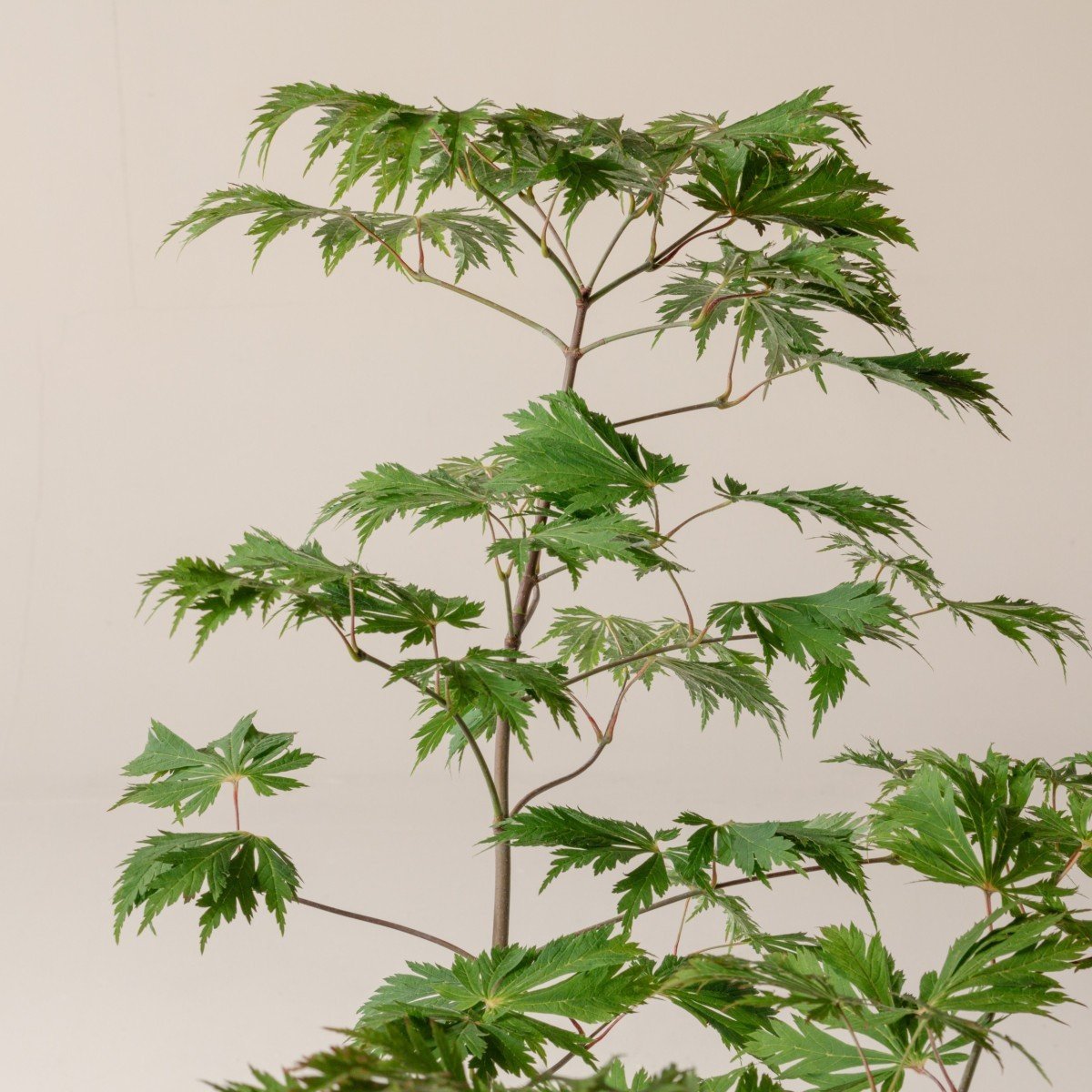
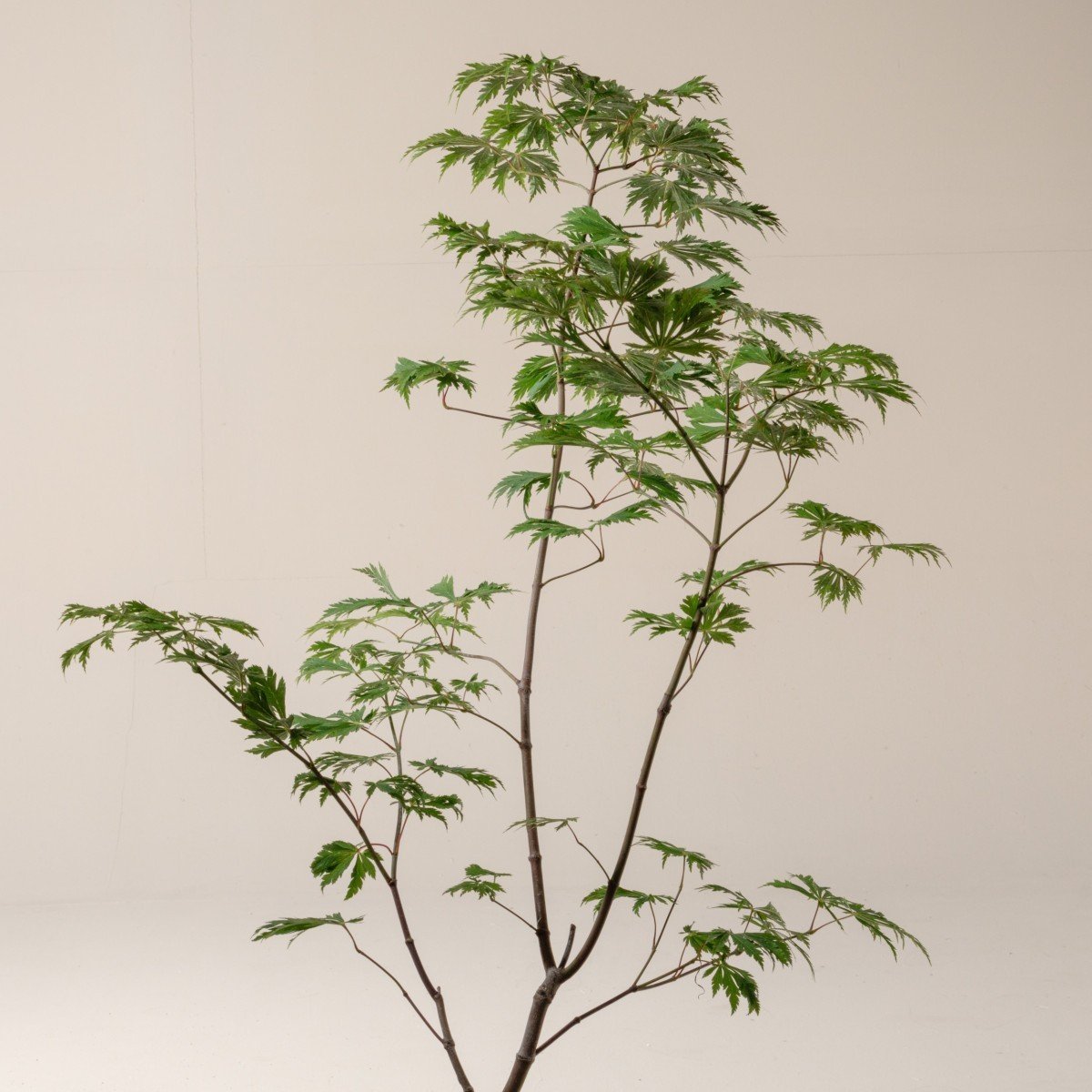
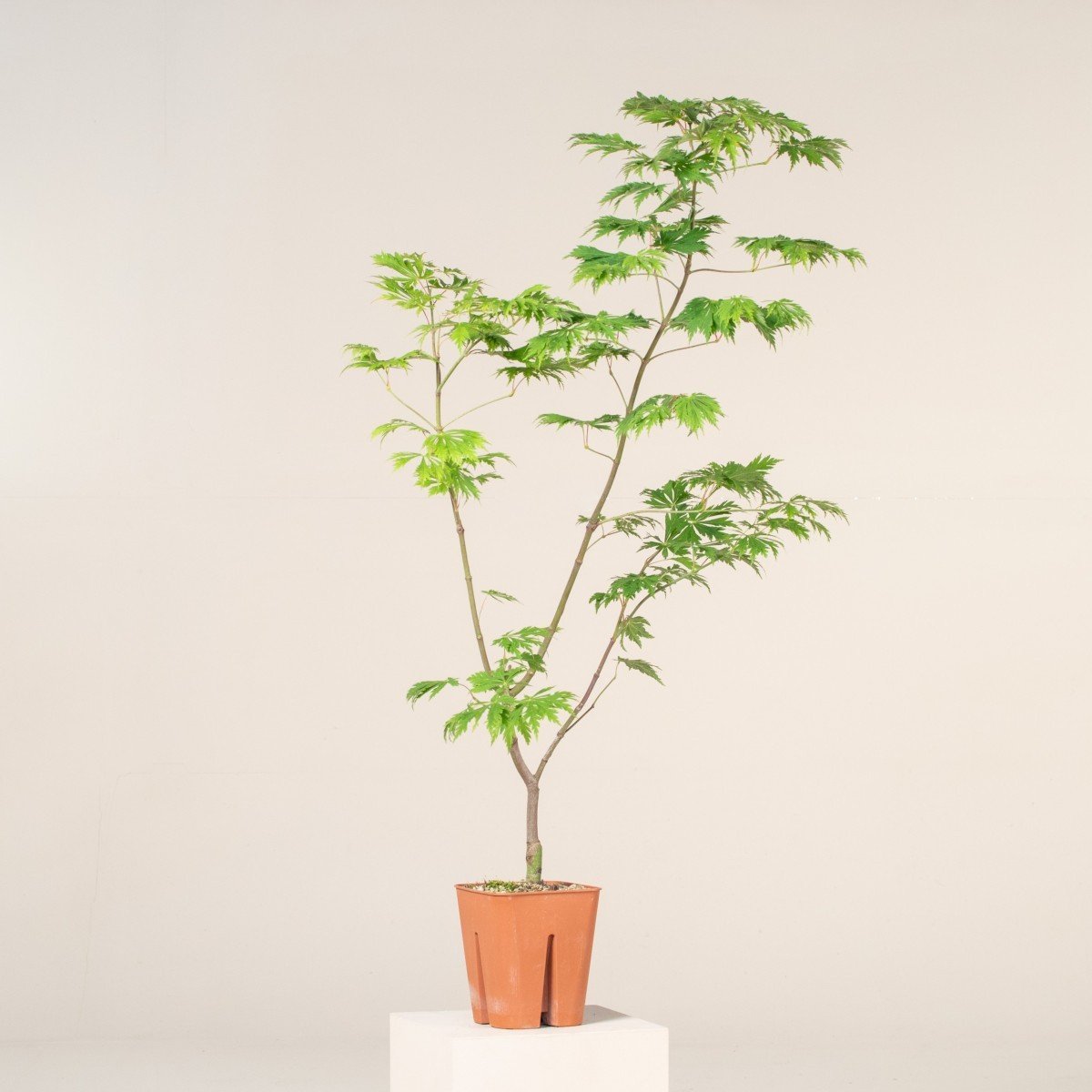
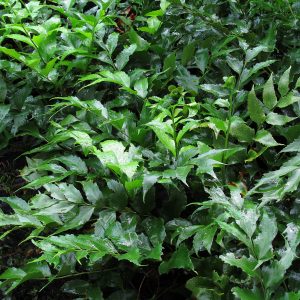
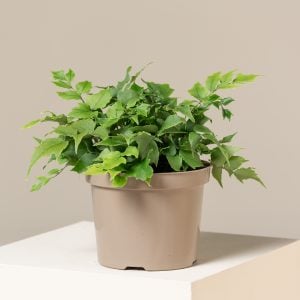
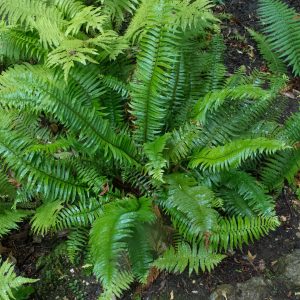

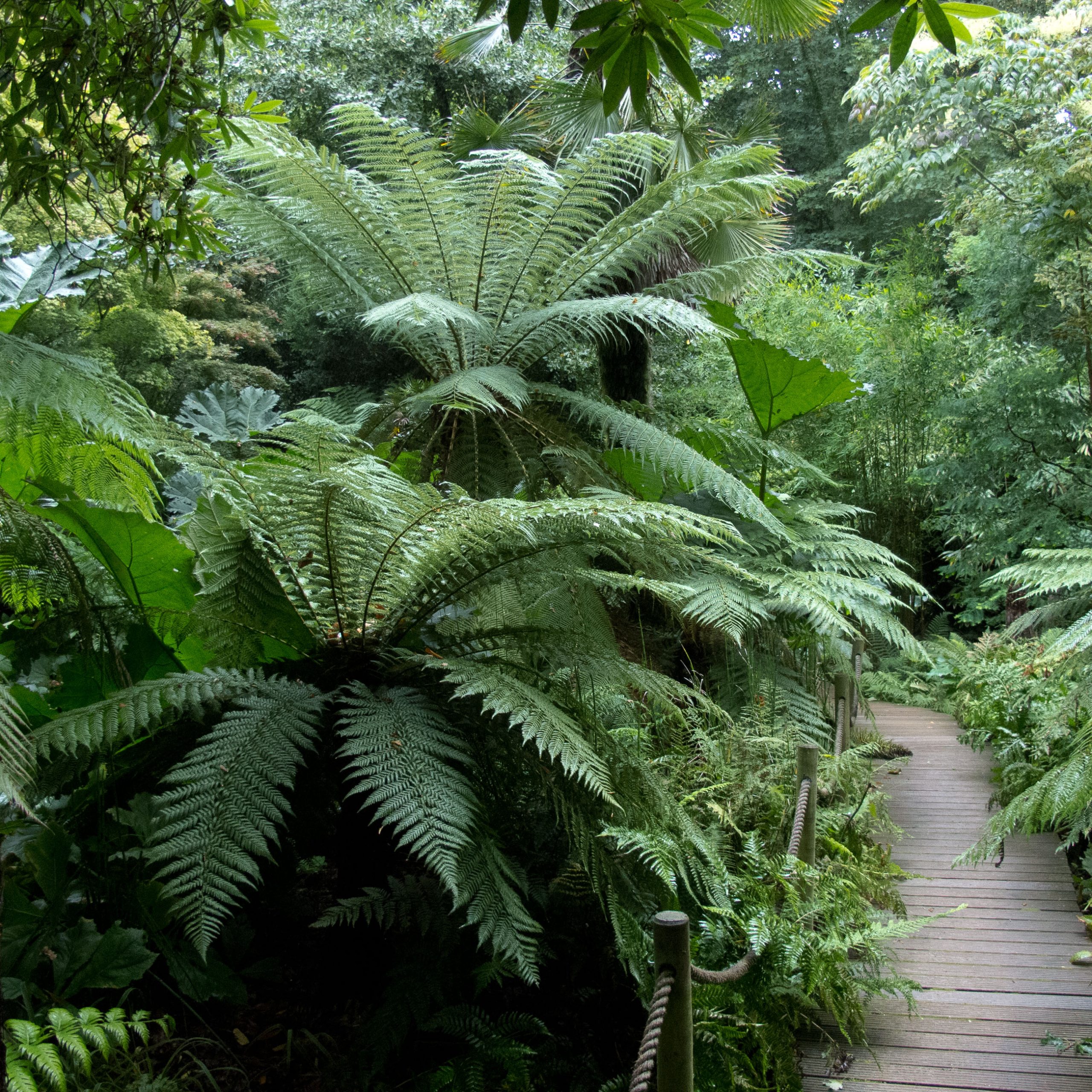
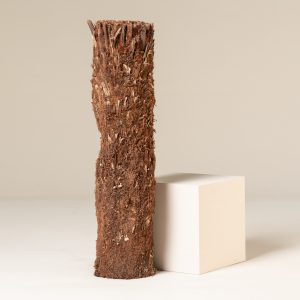
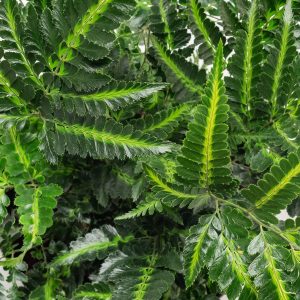

Reviews
There are no reviews yet.